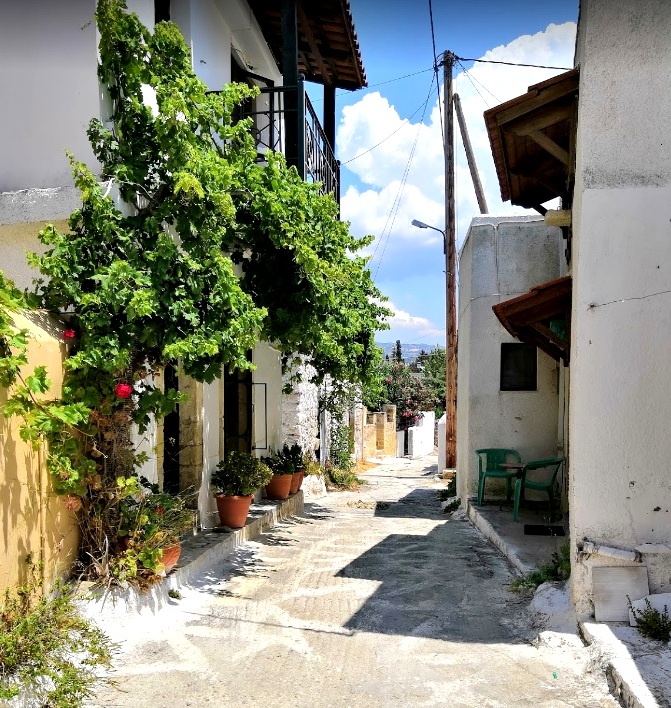How to discover the traditions and customs of the Cretans


Visit the Museum of the Cretan Ethnology in the settlement of Voroi. Though the museum is small, it is visited by about 20,000 people a year; and so many travelers do not know about it. Significantly, that the museum is very interesting and is located in an unusual place.

Voroi is a large old traditional village in the south of Heraklion region and has been inhabited since the early Minoan time. Now it is home to about 750 people, is located on the edge of the fertile Messara valley and can be reached through the exit on the road from Mires to the town of Timbaki.

Local legends say that the name of the village comes from Voros, the name of King of Phaistos’s sun. Another explanation for this name is that it comes from the Greek word voros, which means north, since the village is located north of Phaistos: the site of Phaistos’s palace and the Minoan settlement of Agia Triada are nearby. The ruins of Phaistos are just 2 km away.

The layers of history are closely intertwined there. You will see evidence of Minoan, Venetian and Turkish cultures as well as neoclassical Cretan architecture and simple modern village houses. The significance of the historic buildings, some interesting churches, of the houses and local way of life led the Greek Ministry of Culture to declare the old center of Voroi a “traditional protected village” as early as 1978. Accordingly, a place for the museum that shares various aspects of Cretan inhabitants’ life was not chosen by chance (Google Maps coordinates: 35.066954, 24.812548). The museum first opened its doors to the public in 1988. Its exhibits are located in a two-storey building on an area of 500 sq. m. In the future it is planned to expand the territory due to the addition of neighboring buildings made in a traditional style.

Today the Ethnological Museum is not only a museum of Cretan traditions but also an exhibition center, gallery, library and research center. Various exhibitions and master classes related to the study of the customs and traditions of local residents are regularly held here. The research department of the museum is also the coordinating body for the study of the Cretan ecosystems from 1000 to this day.

The museum features over 3,000 exhibits from all over Crete. They show that the folk culture of Crete is marked by a combination of influences dominated by Minoan (2000-1000 BC), archaic (1000-500 BC) and Byzantine models, especially in agriculture, animal husbandry, weaving, and pottery. The exhibits of Cretan history date back to the II millennium AD. The first period, from 963 to 1205, when Crete was part of the Byzantine Empire, was the Greek medieval Renaissance. The next 700 years was the time of occupation: the rule of Venice and Turkey. The Cretans resisted the invaders and fought even against them for centuries. All these years, the Cretan people have been an isolated and classless well-balanced liberal society governed by “unwritten laws”. Therefore, the Cretan traditional society has become one of the most balanced in Greece.

The last period of Turkish rule was especially harsh: the second Turkish occupation of 1669-1898. Therefore, very little material evidence of previous centuries has survived, and most of the exhibits belong to the time of the Turkish occupation. However, ancient Cretan traditions are preserved wherever possible, for example in the design of traditional woven fabrics, tableware, architecture and in music, dance, singing and language.

All exhibits are divided according to ethnological classification depending on the occupation of the people: diet, architecture, weaving, manufacturing, trade, transport, morality and mores, social organization, and culture of Crete.
Be sure to visit.
You can read more about the museum on the websites:
interkriti.org/crete/iraklion/cretan_ethnology_museum.html и cretanethnologymuseum.gr